My Pocket Guide to Balsam Bashing: 10 days to go!
Exciting news… speaking to my publishers at Merlin Unwin Books this morning, I’ve learned that several thousand copies of my second book have now arrived safely at the warehouse in time for our official publication date on Thursday 8 May.
Thanks to enormous efforts from many third sector organisations across Britain and Ireland, the idea of fighting back against invasive non-native species (INNS) like Himalayan balsam, giant hogweed, signal crayfish, mink and even grey squirrels has slowly been gaining traction among members of the general public.
Still, I know from my own experience that unless you’re an environmental consultant, or employed by a rivers trust or one of the government agencies, it’s hard to get solid advice on what to do about INNS on a personal level.
There’s no lack of information, especially online. But it’s often frustratingly scattered, and almost never written for anyone who’s not a scientist or professional environmental practitioner (although since taking my PA1 and PA6 pesticide spraying qualifications with the Wandle Trust a couple of weeks ago, I guess I’m now also one of those!)
So, as a writer whose day job often amounts to translating technical materials into normal day-to-day Plain English, I’m hugely hopeful that this new, easily-accessible pocket guide will provide a real practical source of information – encouraging voluntary and community efforts to ramp up the counter-offensive against INNS, and giving ordinary members of the public confidence that they really can make a difference.
(This doesn’t just apply to my beloved urban streams, where I’ve recently been horrified to see massive improvements to water quality and river life threatened with destruction – all over again – by alien invaders like signal crayfish and Himalayan balsam, but across whole tracts of beautiful rural landscapes whose natural character is in imminent danger of being strangled by non-native plants, animals, insects or pathogens).
Although there’s plenty of government and EU discussion and legislation on the subject of INNS, real life austerity and budget cuts mean that there’s actually rather less real money to deal with this growing problem. Which means, ironically, that there’s never been a better time for local people to start making a huge difference to saving the character of the places where they live – reducing global blandification, protecting homes and health, and even preserving native species from extinction in their own area.
Every little helps – whether that’s reporting a sighting of a suspicious-looking beetle or caterpillar, organising a giant hogweed spraying programme so you don’t end up with third-degree burns every time you try to get near your local river, or just remembering to Check, Clean, Dry your kayak or fishing gear after a session on the water, to make sure you’re not accidentally moving rapacious INNS to new areas.
If this catches on, it could be nothing short of a grassroots revolution to take back our local landscapes from a host of INNS we’ve spent the last few generations recklessly spreading around the world, rarely dreaming of the kind of lasting damage they’d do. As I wrote in the book’s introduction, if any particular species escapes from its native range to start wreaking havoc on the places, ecosystems and natural processes we all love and depend on, it’s in all our interests to do something about it.
More news about The Pocket Guide to Balsam Bashing soon… which I’ll post here and on this dedicated Facebook page (check it out now, and share it with your friends if you like what you see!)
Update: Thanks to those good people at Farlows I’ll be spending publication day – Thursday 8 May – in store for an all-day signing event. If you’re passing by, come in for a chat and your own signed copy!
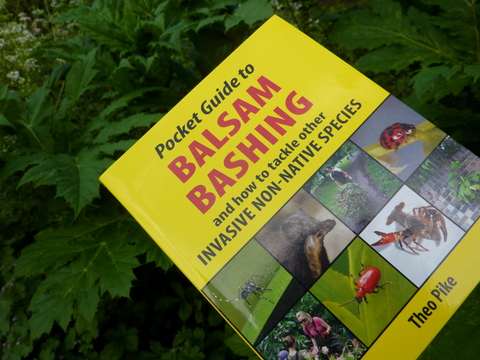
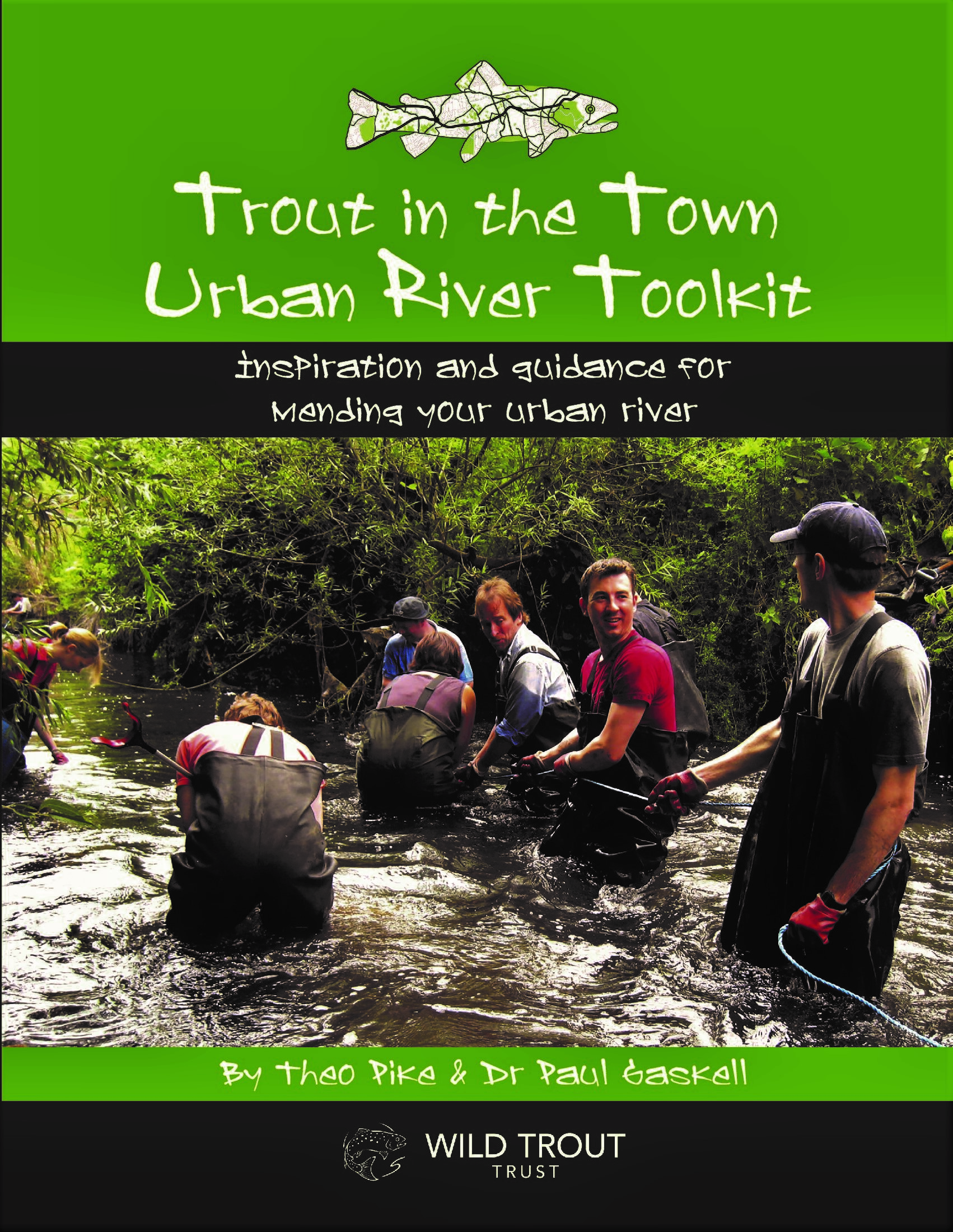
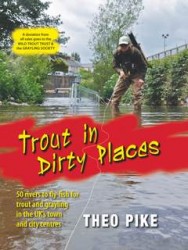
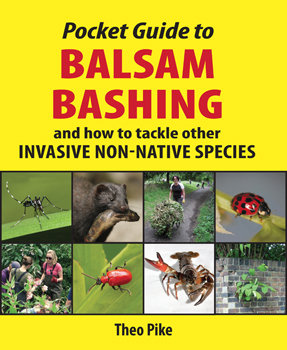
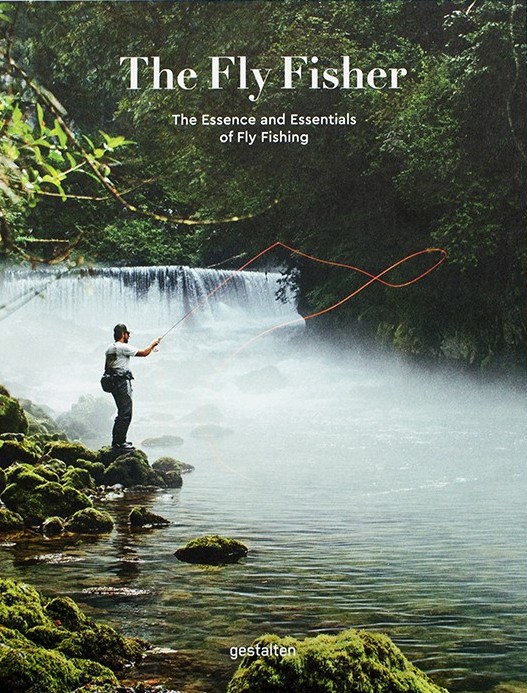
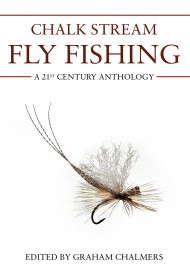
Dear Theo,
That sounds very good, I think we need such a book in the Netherlands too! If possible, I would like to buy a copy from you.
Regards,
Wilfred Reinhold
platform Stop invasieve exoten
Amsterdam
http://www.invasieve-exoten.nl
Thanks Wilfred! It’s my understanding that the range of INNS affecting western Europe is relatively homogeneous (with a few local variations, of course – an impression confirmed by looking at your website!) so I think you’ll still find this book quite relevant. I’ll send you an email… let’s talk…